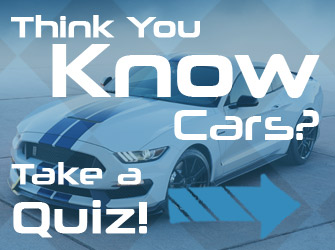17 Most Dangerous Things to Ignore on Your Car

Ever pumped up the volume on your car’s audio system just so you won’t hear that annoying rumble, at least not until you get home after a tiring day at the office? Or do you avoid rolling your passenger window down because it makes a squeaky noise?
We all know that ignoring a problem won’t make it go away, no matter how hard we wish it would happen. While in some cases, annoyances can be ignored until you get the chance to fix them, here are a few things you should never ignore on your car.
1. Check Engine Light
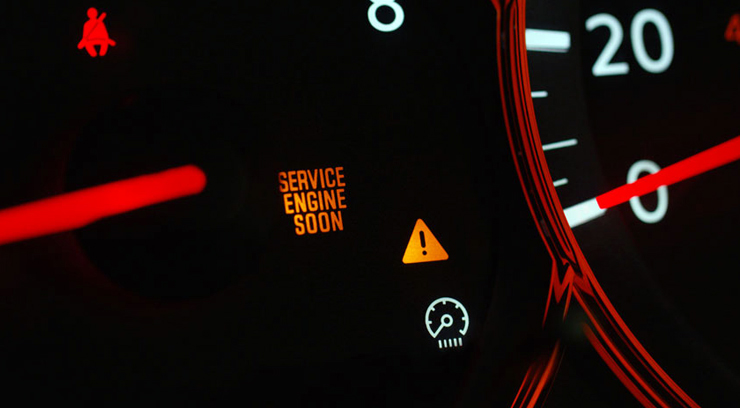
Oh, the good old orange light that we’ve seen being mocked in any comedy show involving cars. Unlike what comedy movies may want you to believe, the check engine light isn’t just about lifting the hood to check whether the engine is still there. In fact, it’s the most concerning warning light you’ll ever see. Usually, when it lights up, it’s not good news, and under no circumstances should you ignore it. Here’s why.
The check engine light will appear when a fault is detected on the vehicle. In most cases, the ECU (Electronic Control Unit) of the vehicle is programmed to illuminate the check engine light for multiple issues. Therefore, it might not be possible to identify the fault simply from the check engine light.
Since the check engine light will generally indicate a problem that has a direct connection to the engine, it’s best to stop the car and attempt to identify the issue right away. If the light turns on while you are driving, chances are you can keep driving until reaching the closest car shop for a professional diagnosis.
2. Weird Noises
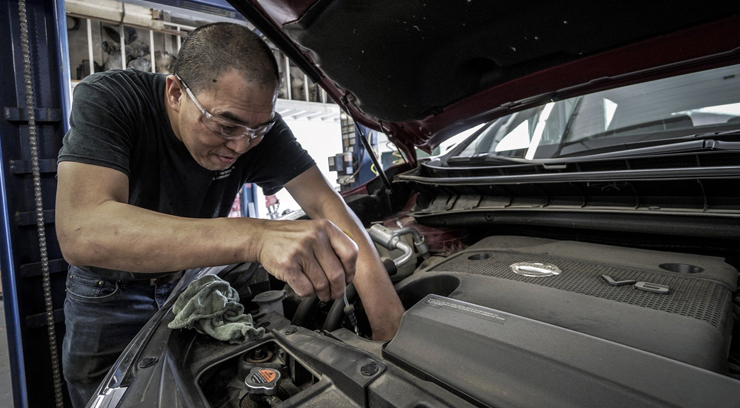
Ideally, whenever you’re driving, the only noise your car should generate is the rumbling of the engine and the rolling of the tires on the road. You may get the occasional slamming sound when you’re hitting a pothole, but anything apart from that should be investigated.
If you’re hearing weird noises coming from the engine bay when the engine is idling or while you’re driving, there are a few tips you can use to potentially identify the issue. A squeaky sound happening right after your cold start the car or when turning on the A/C could indicate a worn accessory belt that screams to be replaced.
A heavy whooshing noise when pressing the throttle of a turbocharged car, sometimes followed by a lack of power, could indicate turbocharger issues. Usually, lubrication or cooling issues can cause the compressor part of the turbocharger to malfunction and not feed enough air into the vehicle’s intake, thus reducing power.
Grinding noises coming from the engine bay can be scary. Usually, if it’s not a belt rubbing against a foreign body, then chances are the engine is out of oil and moving parts are grinding away at each other. The best thing to do is to stop the car right away and check the oil level. If the level is very low, immediately shut off the engine and call for road assistance. Trying to drive without lubrication will damage the entire engine.
3. Flickering Lights
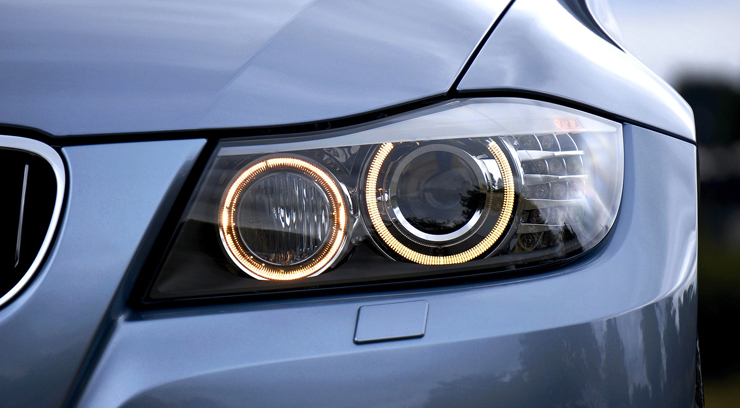
Lights are another critical safety component of your car. Your car has a number of lights that need to be in good working order, such as, daytime running lamps, fog lamps, taillights, reverse lights, blinkers and headlights. However, if you notice your lights flickering, chances are they don’t have much life left in them.
There’s no way to estimate how long your lights will last after they start flickering, so it’s best to change the bulbs as soon as possible. Having them go out while you’re driving at night could put you in danger. It is also advisable to replace your bulbs with OEM parts, if possible, or at least with quality aftermarket brands. This way you can get even twice as much life out of them before they run out.
However, if your car’s lights tend to flicker when you start the engine, it may be a sign of a power leak or failing battery. Either way, it is advisable to have your battery capacity checked by a professional. As batteries age, their capacity diminishes and they can get to the point where it may drain overnight, causing your car to refuse to start, especially during the winter.
Periodically walk around your vehicle and check that all of your lights are working properly.
4. Rough Shifting Manual
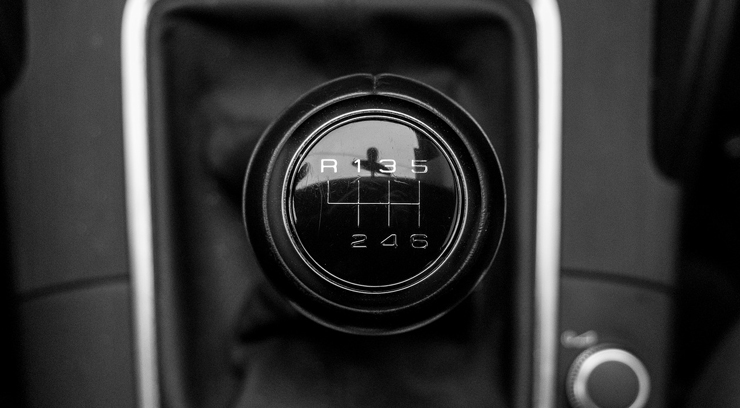
One of the more common issues with older cars featuring a manual gearbox is rough shifting. The shift lever will take some convincing before it will shift into the gear, or you might have to press the clutch pedal more than usual. Also, there are cases where gear grinding is audible, especially when downshifting.
Although it may seem that grinding and rough shifting are merely a nuisance, there is more to the story. In fact, issues ranging from defective or worn clutches to faulty bearings and failing synchronizer assemblies could be the cause of rough shifting. Thus, it’s important to diagnose the issue and avoid getting stranded on the road or locked in a high gear all of a sudden.
Hard shifting or grinding can usually be traced to a worn clutch. However, other elements such as shift cables, or a loose linkage may also be the culprits. Even if replacing your clutch will provide better shifting on a manual transmission, worn cables should also be replaced so that the new clutch won’t wear out prematurely.
Most manual gearboxes will use needle roller bearings between the gears and the transmission shaft. As bearings wear out, gears will generate more rolling resistance and instead of spinning freely when not engaged, will drag the transmission shaft along causing trouble shifting.
The synchronizer assembly matches the RPM of transmission gears before shifting in order to provide smooth shifts. However, the grooves of the synchronizer and their matching splines on the shaft can wear out and cause difficult shifting. Furthermore, blocking rings of the synchronizer assembly are likely to get rounded off with time and bottom out against the gear face, failing to synchronize RPMs.
So, whenever you experience hard shifting in a manual transmission, especially when accompanied by grinding noises, it’s important to get your gearbox checked by a professional mechanic and make the necessary replacements.
5. Smoke
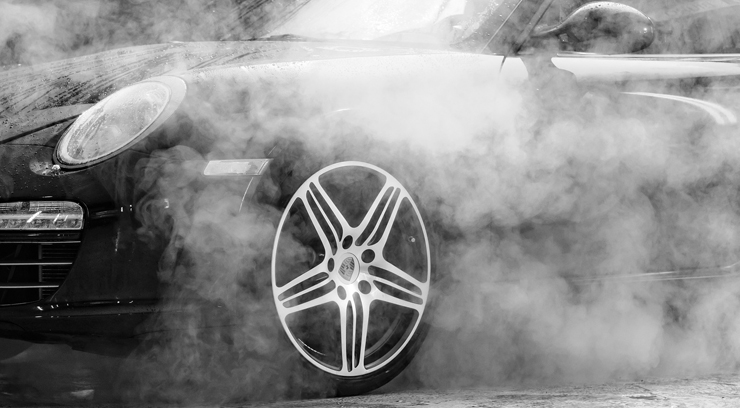
Unless you are having a barbecue, it’s rarely good news when smoke shows up. When it comes to your car, the only time smoke might be harmless is when condensation occurs on the tip of your exhaust pipe.
As the car heats up in the morning during cold months, white smoke may come out in waves for a minute or so, until all the water is evacuated. However, anything longer than that, and you might have some serious problems with your vehicle.
White smoke constantly evacuating your car’s exhaust is usually an indication of cooling fluid leaks into the ignition chamber. The most common culprit is a faulty head gasket. As the cooling fluid flows through the engine block, the only thing separating it from the cylinder head is a textile gasket. Due to overheating or old age, head gaskets tend to develop cracks and eventually break, letting cooling fluid into the piston chamber. As this happens, engine power drops and the vaporized cooling fluid is exhausted as white smoke.
On the other hand, blue smoke is a sign that engine oil is finding its way into the ignition chamber and is burned alongside fuel, hence the blue tinted smoke coming out the exhaust. The most common reason oil finds its way above the piston head is due to faulty piston rings. As these are the only barriers between the oil and the ignition chamber, worn pistons will not provide proper sealing and allow the oil to escape. Motor oil will create higher pollutant levels when burnt while also diminishing the lubrication effectiveness of the engine, which could cause major issues in the long run.
Finally, dark colored smoke, regardless of its source, presents a serious indicator of a fire. Whether a belt is rubbing against a plastic cover or exposed wires have created a spark, or the exhaust is too hot and has started melting nearby plastic elements, stop the car right away and get your fire extinguisher ready. Do not attempt to continue driving with smoke coming out of your car and instead turn off the engine, move away from the vehicle and call for road side assistance.
6. Unsteady/Vibrating Steering Wheel
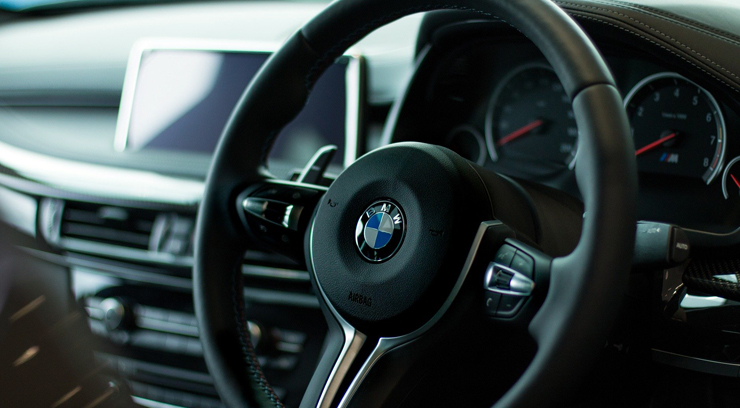
If your steering wheel starts turning to one side instead of coming to dead center when finishing a turn maneuver, this could indicate potential suspension geometry trouble. In order to properly align the wheels and match their tread with the road, the suspension of the car needs to be adjusted, usually from the tie-rods. If the steering wheel tends to stay slightly rotated when the car is moving straight, you need to check your car’s suspension geometry to avoid uneven tire wear.
If, on the other hand, the steering wheel vibrates while driving, it may indicate deformed wheels or tires. Even though lumps in the tire or bends in the wheel may not be visible to the naked eye, at higher speeds, their effect is amplified and thus is felt within the steering wheel. If vibrations only occur while braking, this most likely indicates worn and deformed brake discs that need to be replaced as soon as possible.
7. Spongy Brake Pedal
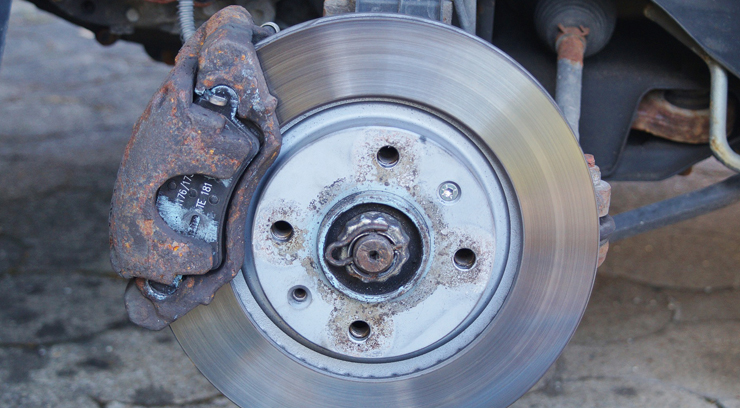
According to car design standards, a driver should only need to exert roughly 130lbs of force on the brake pedal to fully actuate the braking system and stop the vehicle. The brake pedal should be firm and provide enough travel to modulate braking capacity.
If you notice that your car’s brake pedal travels, further than usual or feels spongy instead of providing a quick response, it’s time to check the brakes. Whether the brake fluid mixes with water and loses its uncompressible properties or one of your master cylinders loses pressure through a faulty gasket, there’s no procrastinating when it comes to resolving brake issues.
8. Sudden Engine Shutdown
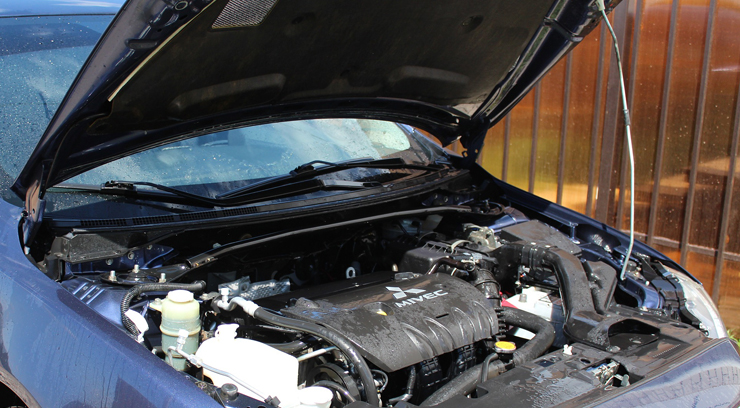
Does your engine suddenly shut down after starting the car? While this shouldn’t happen at all, there are rare one-time occurrences when a mechanical “hiccup” may have caused the engine to misfire and stop. However, if this happens multiple times, it’s time to get your car checked. The usual culprit in such scenarios is either the electronic spark system or the fuel pump.
If sudden shutdowns happen on a regular basis when starting up cold, the issue may propagate further and in extreme situations, could cause engine shutdown while the car is in motion. In a scenario like this, you are likely to break the internals of the engine and possibly lock the drive wheels, losing control of the vehicle if you’re driving at highway speeds.
9. Difficult Engine Starts
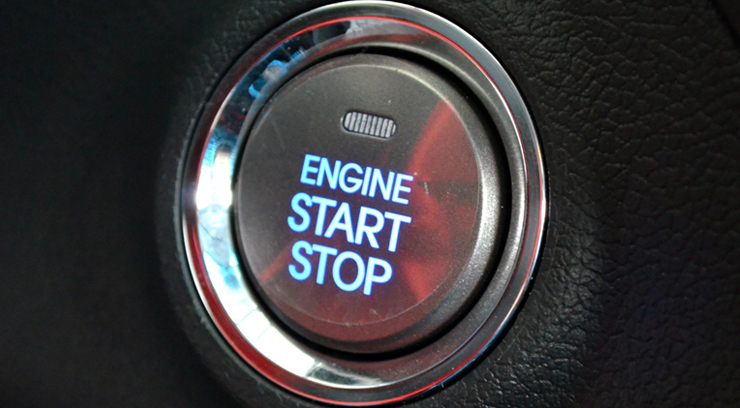
Does it take quite a while to convince your car to start in the morning, especially when it’s cold outside? You may need to have your battery checked. As it happens, when batteries get old or when a power drain happens overnight, the battery won’t be able to supply enough CCAs (cold cranking amps) to get the engine turning.
Is your battery in good condition and, yet, difficult starts happen even in warm conditions? Then you need to investigate the starter motor, spark plugs and fuel lines. While having a difficult time starting your engine may not put your life at risk, you wouldn’t want an engine that refuses to turn on to leave you stranded somewhere.
10. Pedal-Clinging Floor Mats
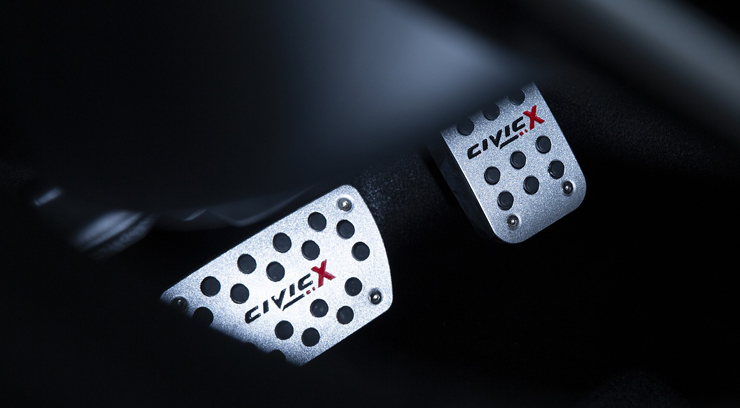
This one may look like the odd one out. What do mats have to do with anything? If you have recently replaced your OEM floor mats with aftermarket models, make sure these fit properly and don’t cling to the accelerator pedal. Stuck accelerator pedals due to improper floor mats are the cause of a number of accidents each year.
While it may feel comfy to just pull the mat back a bit when it clings to your accelerator pedal, you might find yourself out of time to do that when you’re bumper to bumper or when the car will suddenly accelerate at a stop sign, putting lives at risk.
If your car’s floor mats cling to the pedals due to improper form or sizing, it’s time to replace them!
11. Fuses That Constantly Burn Out
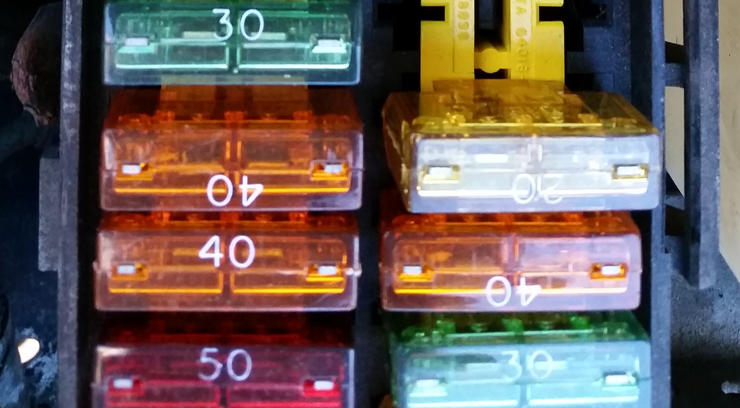
The fuse box acts as a self-sacrificing mechanism that protects your car’s electric and electronic components from a sudden power surge. Usually, when a fuse burns out, it’s easy and inexpensive to replace it. However, if the same fuses burns out on a regular basis, it’s time to investigate the problem.
It may be as simple as a relay needing replacement or it may prove to be a more serious electrical issue that could endanger your car and your safety. Have your electrical system checked by a trained professional if a particular fuse tends to burn out repeatedly.
12. Burning Smell Coming from the Brakes
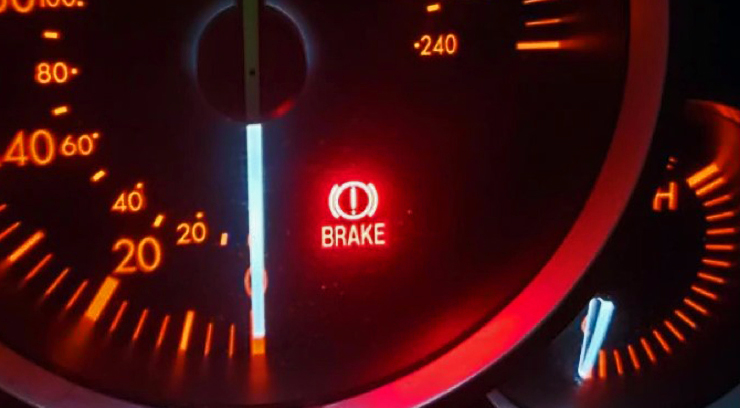
Do you detect a burning smell after some heavy braking? That’s a sign you have over-stressed your brakes and the car needs some time to cool down. Usually, overheated brakes can cause brake fluid to boil and become compressible, leading to a spongy brake pedal, as mentioned in point 7.
If you are descending from a mountain and you need to keep using the brakes for extended periods of time, try to use engine braking as much as possible. If engine braking is not an option, find a place where you can park your car and allow the brakes to cool down before continuing.
Never spray water over the brake discs to cool them faster! It will lead to cracks in the material of the rotor and may quickly lead to brake failure.
13. Crooked Wheels
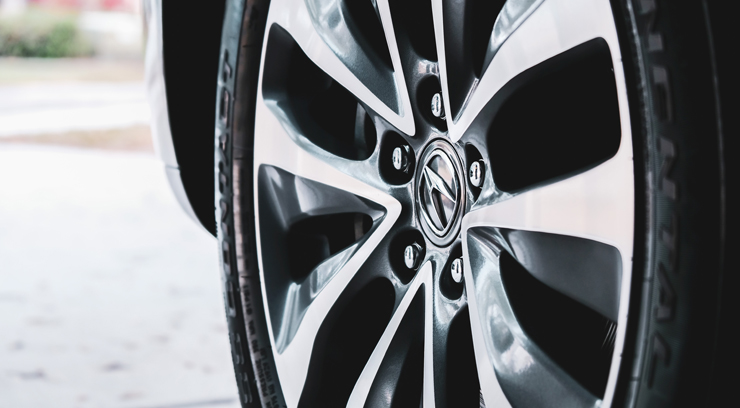
Wheels may become crooked after hitting a big pothole at high speeds or bumping into the sidewalk when parking. If you notice any deformation in your rims, it’s best to act right away and take the wheels to a repair shop. Crooked wheels will mess with your car’s suspension geometry, causing uneven tire wear and inaccurate handling, especially at highway speeds.
Furthermore, deformed wheels may allow air to escape from tubeless tires, as the sealing lip may not properly mate the rubber anymore.
14. Overly Worn Tires
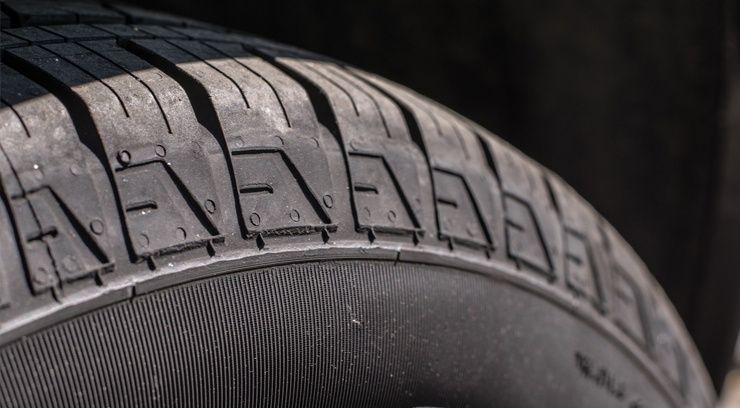
Tires aren’t cheap, especially if you are looking for quality and performance. However, this shouldn’t be an excuse to wear your car’s tires beyond the manufacturer-imposed limit. Overly worn tires will provide little to no grip, especially on wet or snow-covered roads. Braking distances will increase when running on worn tires and may put your safety at risk.
If you’ve gone so far as to have metal elements protruding through the tire, it’s time to stop and get new tires right away! At this point, tires are at risk of explosion, causing sudden loss of vehicle control.
15. Coolant Level
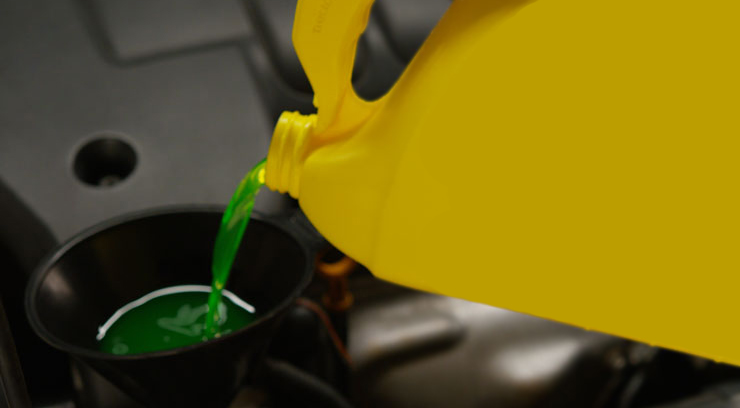
Coolant is what keeps your engine running at the optimal temperature, ensuring efficient fuel consumption and proper power delivery. A low coolant level will cause engine overheating, leading to sluggish performance and eventually, a blown head gasket and consequently a lot of money spent on repairs.
It’s recommended to check the coolant level at regular intervals while also keeping an eye on the engine temperature reading in the dashboard. If it seems to go above the normal limit, have a look at your coolant level.
Do not overfill the coolant expansion reservoir. While not enough coolant can cause problems, in the same way, excessive amounts can lead to increased pressure in the cooling system and cause hose bursting or radiator leaks.
16. Oil Level
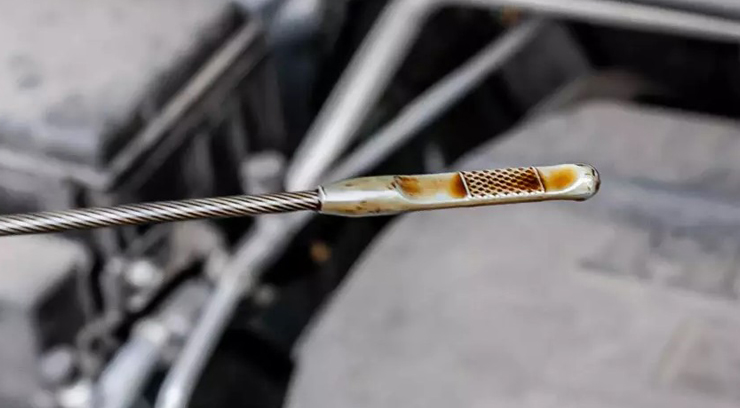
In some cases, the “check engine” light will come up alongside another dashboard error indicator, such as the “low oil pressure” warning light or “low battery”. If that’s the case, check your oil level. Generally, the warning light in your dashboard indicates that the oil dipped below the minimum needed for the car to function properly.
Remember: engine oil is what keeps friction at a minimum and allows parts to move relative to each other, while also ensuring a cooling effect. Running your engine without enough oil will cause grinding of components and extensive wear, leading to a breakdown.
17. Suspension Noises
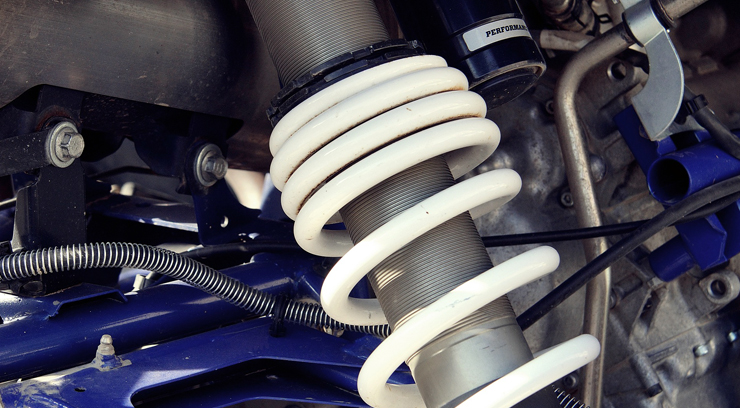
Clunking sounds coming from beneath the car can indicate suspension trouble. Usually, when bushings wear out due to road imperfections, the suspension cannot properly direct the forces from the wheel to the shock absorber. Thus, elements such as tie rods, joints and bearings will start wiggling instead of rigidly transferring the load. It’s best to replace these elements as soon as possible to avoid the damage spreading to other, more expensive suspension components.
Conclusion
Does your vehicle have any of these aforementioned symptoms? Or, do you know a friend who could benefit from these tips? Make sure to keep informed and do not ignore your car’s warning signs. To do so may result in costly repairs or even become a threat to your safety.



















